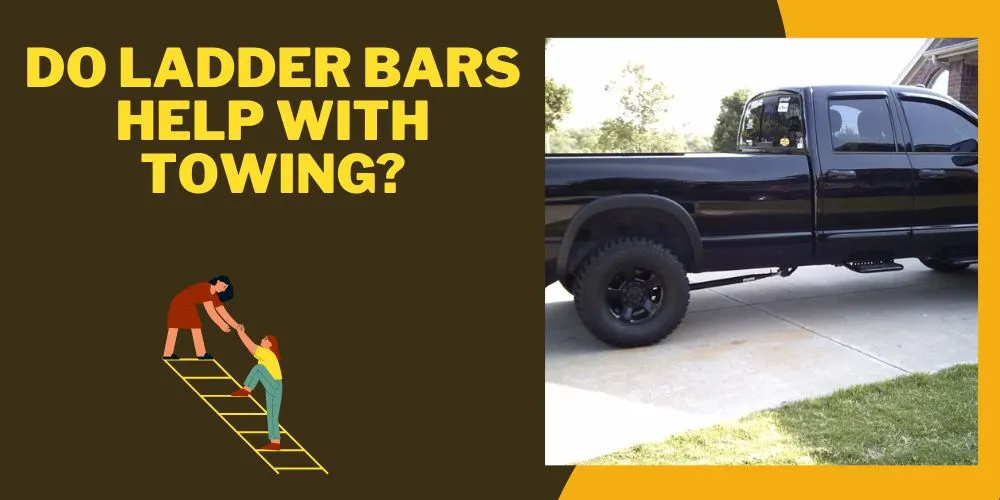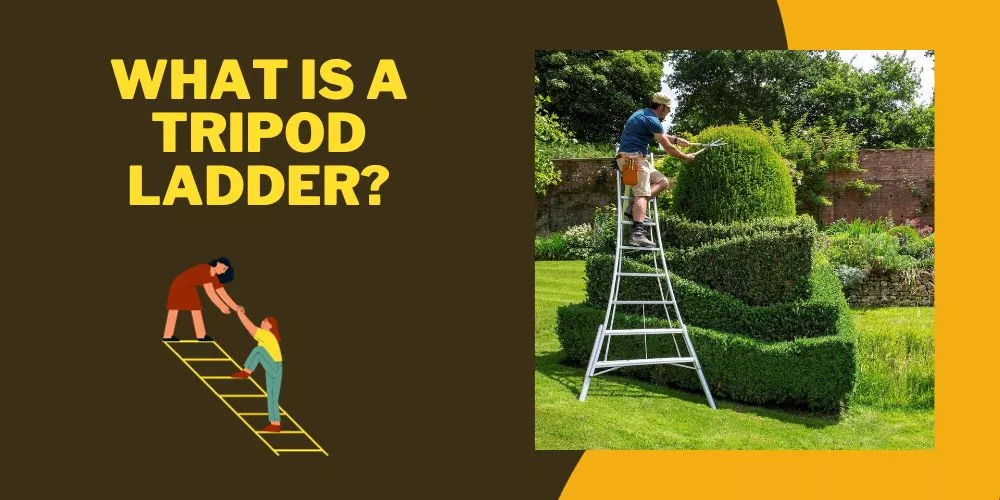When it comes to utilitarian tools that offer convenience and versatility, telescopic ladders are an innovation that stands tall, literally! They are lauded for their compact size, multi-purpose usability, and high flexibility.
However, one question often stands in the way of users and potential buyers: do telescopic ladders have to be fully extended?
In this article, I embark on a fact-finding mission to illuminate the ins and outs of telescopic ladder usage. Through a comprehensive exploration of manufacturer guidelines, user experiences, and safety standards, we’ll shed light on this pressing question.
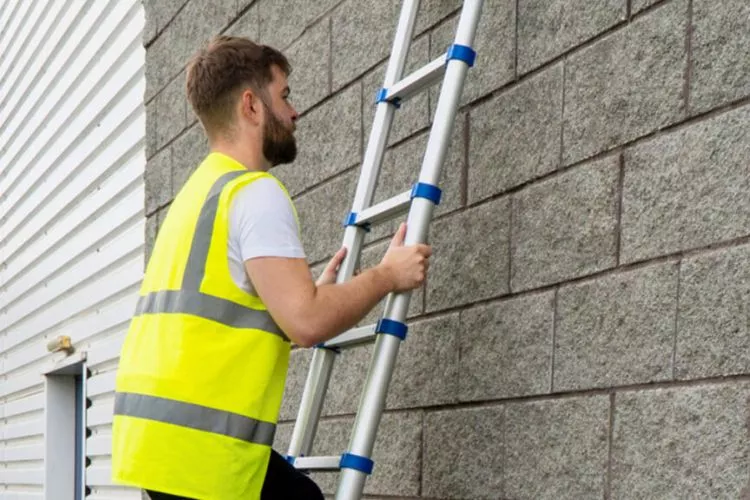
Tune in to discover if the full extension of your telescopic ladder is a must, or if partial extension can just as effectively get the job done.
Quick Recommendations
Do telescopic ladders have to be fully extended?
No, telescope ladders do not need to be fully extended. These ladders are designed to provide flexibility in height adjustment and can be used at any required length without compromising their sturdiness.
However, it’s essential to follow the manufacturer’s guidelines and safety precautions. When adjusting the ladder, ensure that the locking mechanisms for each section are securely engaged before using the ladder.
Overextending or placing undue stress on a partially extended section could lead to accidents.
Therefore, while full extension isn’t necessary, always prioritize safety when using a telescopic ladder at any length, ensuring proper placement on a level surface, and adherence to weight limits outlined by the manufacturer.
By taking those precautions, you can enjoy the versatility of telescopic ladders without having to fully extend them.
Can you use a telescopic ladder partially extended?
Yes, you can use a telescopic ladder when it is partially extended. One of the main advantages of a telescopic ladder lies in its ability to adjust the height according to your specific needs, without having to be fully extended.
This versatility makes it a popular choice for various tasks around the house or on a job site.
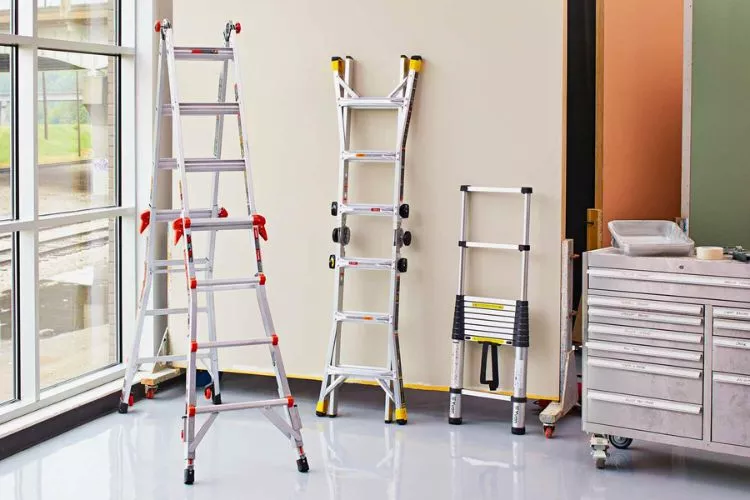
However, it is crucial to follow several safety guidelines while using a partially extended telescopic ladder:
- Ensure that the locking mechanisms of each section engaged in position securely, preventing any accidental retraction.
- Make sure the ladder’s feet are placed on a firm, level surface to provide stability and prevent slipping.
- Do not exceed the weight limit specified by the manufacturer, as undue stress on a partially extended section could lead to accidents.
- Maintain a safe working posture and avoid overreaching or standing on the top few rungs, as this could destabilize the ladder.
- Always refer to the manufacturer’s instructions and recommendations for proper usage and height adjustments.
Can you shorten a telescopic ladder?
Absolutely, you can shorten a telescopic ladder. The primary advantage of telescopic ladders is their adjustability to various heights, which includes their ability to be shortened.
By collapsing or retracting the ladder’s sections into themselves, you can easily reduce its height. However, always ensure you follow the manufacturer’s instructions regarding the retraction process to maintain safety and avoid damage to the ladder’s mechanism.
Are all telescopic ladders the same?
No, all telescopic ladders are not the same. There are several differences between telescopic ladders, which stem from their construction material, weight capacity, height range, safety features, and price.
For example, some telescopic ladders are made from aluminum, while others might use fiberglass or a mix of materials.
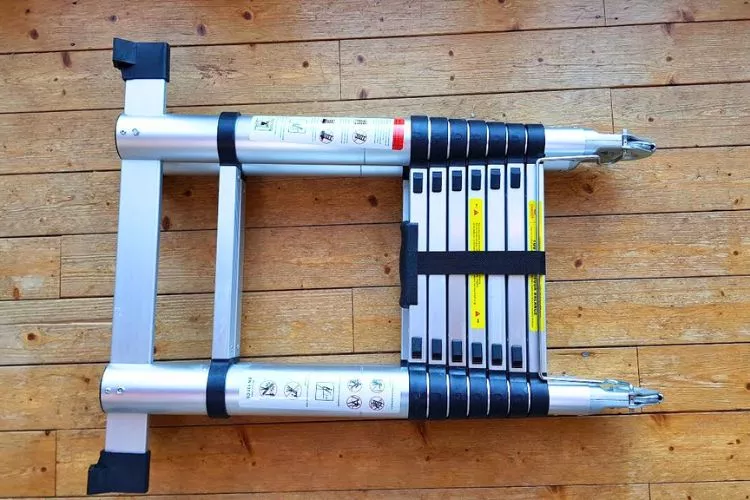
The weight capacity for telescopic ladders may vary, with some models being more heavy-duty and capable of supporting larger loads. Moreover, the maximum height range for telescopic ladders can also differ, providing various options for users depending on their needs.
Additionally, safety features such as locking mechanisms and finger protection might differ between models as well. It’s essential to consider these factors while choosing the right telescopic ladder based on one’s specific requirements and intended use.
Conclusion:
While telescopic ladders offer considerable flexibility and adaptability in terms of height adjustments, they do not necessarily need to be fully extended to be effective or safe. They can be used at varying lengths depending on the specific requirements of the task at hand.
However, it’s always paramount to adhere to safety protocols: ensure each section’s locking mechanism is securely engaged, the ladder is placed on a stable, flat surface, and you’re not exceeding the weight limit set by the manufacturers.
Remember, telescopic ladders are as diverse as their users – differing in materials, weight capacities, and safety features, thus finding the one that suits your specific needs is essential.
In the end, the flexibility of these ladders demonstrates that their utility isn’t solely in their stretch, but rather in their adaptability and convenience.




